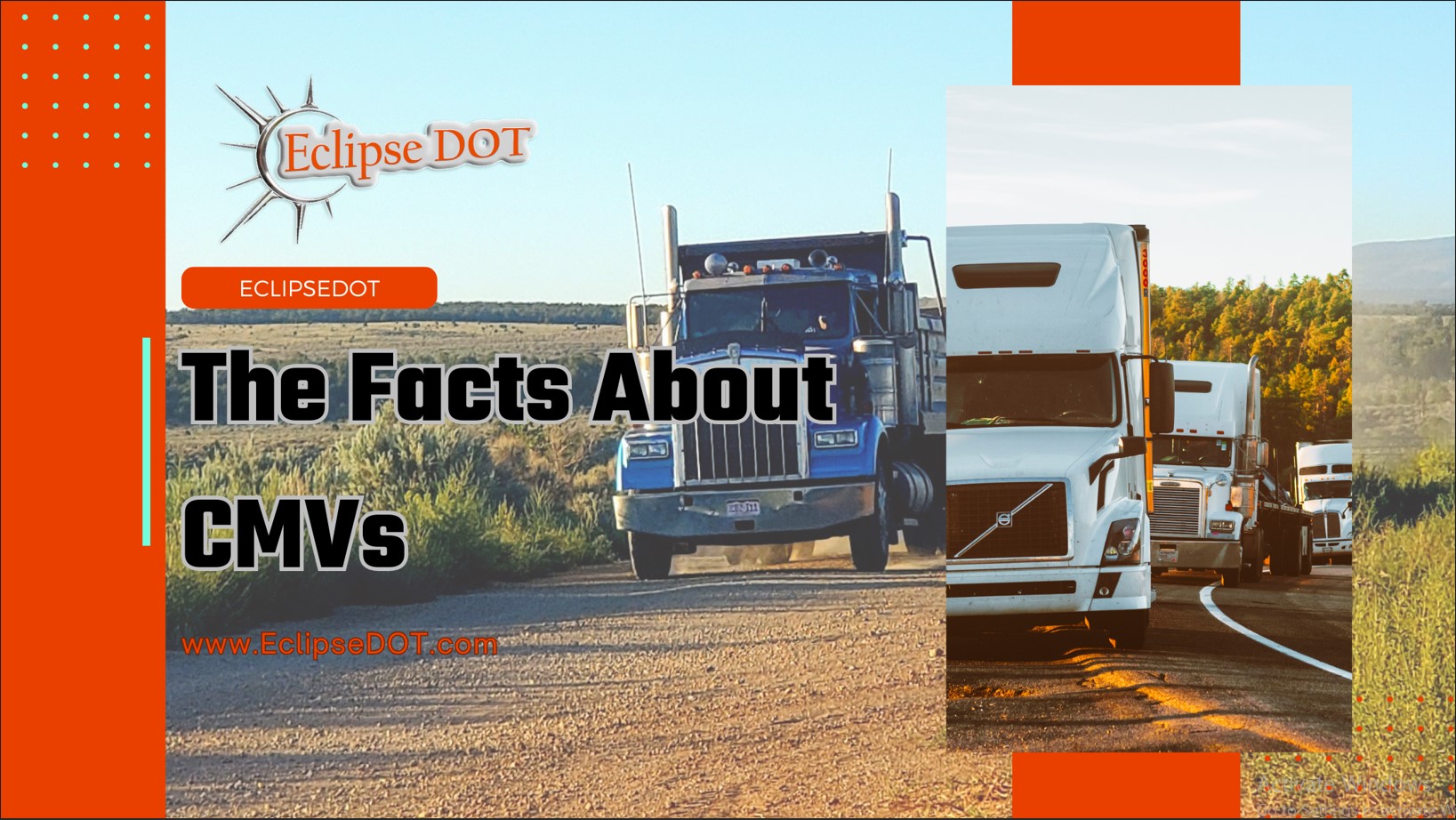Am I a commercial vehicle?
Let’s start with what a commercial vehicle is.
The federal government classifies a commercial motor vehicle as any vehicle with a gross vehicle weight rating (GVWR) of over 10,000 pounds that is used in interstate commerce.
Ok, now what does that really mean?
Here are the nuts and bolts. If you use a ¾-ton pickup with a GVWR of 10,000 lbs, then you shouldn’t fall under federal regulations for commercial motor carriers.
Unless you are transporting hazardous materials, what happens if you need to pull a trailer behind that same pickup for business?
Now you need to take the GVWR of the pickup and add the GVWR of the trailer together.
For argument’s sake, let’s say that the pickup’s GVWR is 10,000 pounds and the trailer’s GVWR is 10,000 pounds.
Your new Gross Combined Weight Rating (GCWR) is now 20,000 lbs.
You are now a commercial vehicle and must abide by all federal regulations.
In order to better understand this, let’s talk about what commerce is.
The United States Government defines commerce as “all activities of a commercial or business nature between U.S. citizens. Commerce is not limited to trade but also involves the communication and travel that go into facilitating trade.
Domestic commerce is a trade that happens between entities in the same state.” To simplify that statement, commerce is the act of trying to make money.
Interstate commerce is when you are trying to make money and cross state lines to do so. Intrastate commerce is staying within the same state while conducting business or trying to make money.
Did you get all that?
Ok, now we are going to make the water even more muddy!!
States have different laws and regulations about commercial motor vehicles (CMVs).
Colorado says that if you only operate in intrastate commerce, you are not a CMV until your GCWR is over 16,000 lbs.
New Mexico, on the other hand, states that you are not a CMV until your GCWR is 26,000 lbs.
Utah follows federal regulations and says that as soon as your GCWR is 10,000 pounds, you’re a CMV.
Oh my gosh, what???
Why do they make it so hard to be in compliance? Why can’t they just set one standard and follow that standard? Yeah, I don’t get it either.
Interstate vs. Intrastate and How Fast It Can Change
Let’s say that you start a lawn mowing operation after work and on the weekends.
You are operating in New Mexico and own a ¾-ton pickup (GVWR, 10,000 lbs), and you use a trailer (GVWR, 6,000 lbs) to haul your lawnmowers from house to house.
The state laws, if you operate in intrastate commerce for NM, state that you are not a CMV until you reach the 26,000-pound threshold.
Since your GCWR is only 16,000 lbs, you are not a commercial vehicle.
Business is going great, and you decide that you need to expand into Colorado. Your trucks are still parked in NM, but you drive to Colorado twice a week to mow lawns up there.
Those times that you drive into Colorado, you are now operating in interstate commerce, and since your GCWR is over 10,000 lbs, you are now a commercial vehicle.
Then wait, isn’t Colorado’s CMV regulation that you are not a CMV until your GCWR is over 16,000 lbs? and your truck and trailer are exactly 16,000 lbs, so are you under the threshold?
Yes, but since you crossed state lines for work, now you fall under a federal regulation that states that you are a CMV if your GCWR is over 10,000 lbs.
That makes it clear as mud!
Where Can I Find My Gross Vehicle Weight Rating (GVWR)?
On most trucks and pickups, there is a manufacturer sticker on the driver-side doorframe. It will have the VIN and the GVWR listed there.
Don’t look at one ¾-ton pickup and think that all of them are going to be the same.
It completely depends on the vehicle as well as the year of the vehicle. The manufacturer is the one determining what the GVWR of a vehicle is.
On trailers, there is usually a manufacturer tag on the tongue or towards the front of the trailer. If there is no GVWR on the trailer, the next best thing is to contact the manufacturer, give them the VIN, and ask if they can ship you a new manufacturer’s tag that includes the GVWR.
If you can’t do that, then you can take the tire rating (usually found on the sidewall of the tire) and add each tire’s rating together to find out what the capacity of the trailer is.
A couple of key things to remember: before you operate a vehicle for commerce, be sure to check the local and state laws for where you are operating.
Any vehicle used to try to make money that crosses state lines and has a GVWR over 10,000 lbs is considered a CMV and must abide by all Federal Motor Carrier Regulations.
Ultimately, you are responsible for what you do. If you choose not to follow state and federal regulations, if you are caught in the end, you will be the one who is responsible for the fines, among other things that might happen.
Discover our CDL & DOT Compliance blog for an exclusive trial at DOTDocs.com. Also, claim your FREE micro audit at THE ECLIPSE DOT MICRO AUDIT. Ready for smoother operations?


